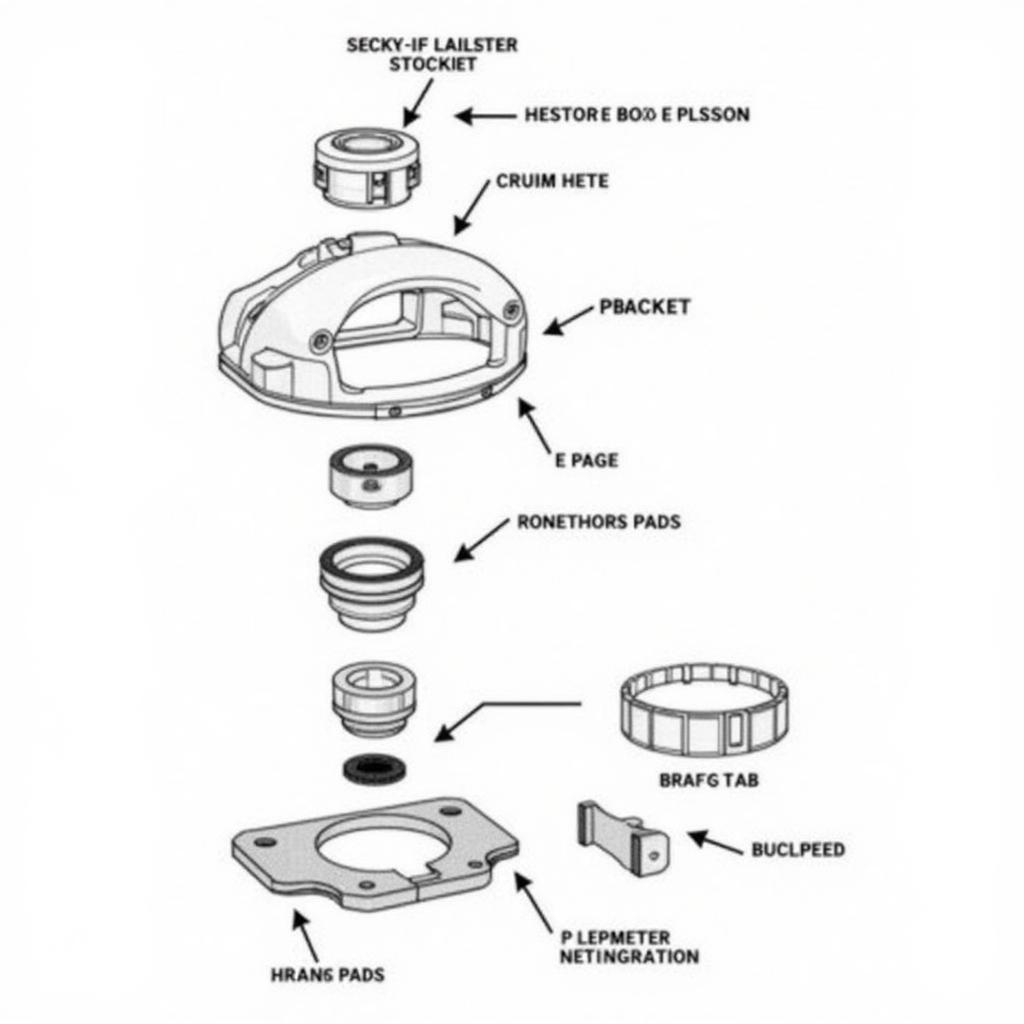The Association of Southeast Asian Nations (ASEAN) comprises 10 member countries, forming a dynamic and diverse region with rich cultural heritage and growing economic power. This article delves into the individual nations that make up ASEAN, highlighting their unique characteristics and contributions to the regional bloc.
Understanding the 10 member countries of ASEAN is crucial for comprehending the region’s complexities and potential. From bustling metropolises to serene rice paddies, ASEAN boasts a tapestry of landscapes, traditions, and aspirations. This exploration will offer valuable insights into each nation, fostering a deeper appreciation for the collective strength and diversity of ASEAN. 10 member countries of asean integration
A Deep Dive into the ASEAN 10 Member Countries
The 10 member countries of ASEAN are: Brunei, Cambodia, Indonesia, Laos, Malaysia, Myanmar, the Philippines, Singapore, Thailand, and Vietnam. Each nation contributes significantly to the overall economic, political, and social landscape of the region.
Brunei: The Abode of Peace
Known for its vast oil reserves and high standard of living, Brunei is a small but wealthy nation. Its rich Malay Islamic Monarchy culture adds a unique dimension to the ASEAN tapestry.
Cambodia: The Kingdom of Wonder
Cambodia, with its ancient temples and resilient people, is a land of captivating history and vibrant culture. The country’s burgeoning tourism industry plays a vital role in its economic growth.
Indonesia: The Emerald of the Equator
As the largest archipelago in the world, Indonesia is a melting pot of cultures and traditions. Its vast natural resources and growing economy make it a key player in ASEAN.
Laos: The Land of a Million Elephants
Laos, a landlocked country known for its laid-back atmosphere and stunning natural beauty, is gradually opening up to the world and integrating into the regional economy.
Malaysia: Truly Asia
Malaysia, a vibrant mix of Malay, Chinese, and Indian cultures, boasts a thriving economy and a modern infrastructure. Its strategic location makes it a hub for trade and tourism.
Myanmar: The Golden Land
Myanmar, a country rich in history and culture, is undergoing a period of significant transformation. Its engagement with ASEAN is crucial for its continued development.
 Bagan Temples – A Testament to Myanmar's Rich Heritage
Bagan Temples – A Testament to Myanmar's Rich Heritage
The Philippines: The Pearl of the Orient Seas
The Philippines, an archipelago of over 7,000 islands, is known for its warm hospitality and vibrant culture. Its young and dynamic population drives its growing economy.
Singapore: The Lion City
Singapore, a small island nation, is a global economic powerhouse. Its advanced infrastructure and strategic location make it a hub for innovation and finance. asean average height 2018
Thailand: The Land of Smiles
Thailand, renowned for its beautiful beaches, rich culture, and delicious cuisine, is a popular tourist destination. Its stable economy and central location contribute to its prominent role in ASEAN.
Vietnam: The Ascending Dragon
Vietnam, a rapidly developing nation with a young and dynamic population, is becoming a major player in the global economy. Its integration into ASEAN has been instrumental in its economic growth. asean and climate change
 Ha Long Bay – Vietnam's Natural Wonder
Ha Long Bay – Vietnam's Natural Wonder
Conclusion
The Asean 10 Member Countries represent a diverse and dynamic region with immense potential. By understanding the unique characteristics of each nation, we can gain a deeper appreciation for the collective strength and future prospects of ASEAN. Exploring the individual countries offers valuable insights into the tapestry of cultures, economies, and aspirations that shape this vibrant region.
FAQs
- What are the 10 member countries of ASEAN?
The 10 members are Brunei, Cambodia, Indonesia, Laos, Malaysia, Myanmar, the Philippines, Singapore, Thailand, and Vietnam. - When was ASEAN established?
ASEAN was established on 8 August 1967. - What is the purpose of ASEAN?
ASEAN aims to promote regional cooperation and economic integration. - What are the official languages of ASEAN?
English is the official working language of ASEAN. - Where is the ASEAN Secretariat located?
The ASEAN Secretariat is located in Jakarta, Indonesia. - How does ASEAN benefit its member countries?
ASEAN facilitates trade, promotes peace and stability, and fosters cultural exchange among its members. - What are some of the challenges facing ASEAN?
Some challenges include economic disparities, territorial disputes, and political instability in some member states.
Other potential questions and further reading:
You might also be interested in learning about the ASEAN economic community, the ASEAN free trade area, or the impact of COVID-19 on the ASEAN region. You can find more information on these topics on our website. ase obra social derivacion de aportes Have you heard of ase orange?
Need assistance? Contact us 24/7 at Phone: 0369020373, Email: [email protected] or visit us at Thon Ngoc Lien, Hiep Hoa, Bac Giang, Vietnam.
